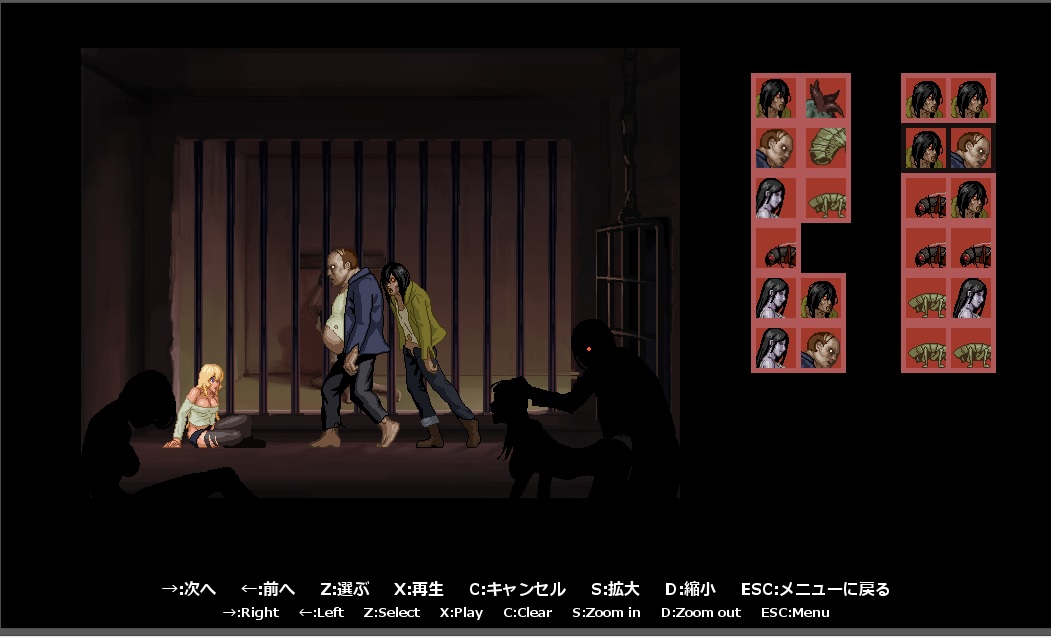


When songbirds consume the infected pill bugs, the life cycle is completed in their intestine. Subsequent development of larvae inside the bug causes behavioral changes so that they wander into the open (rather than remaining hidden from view), and more easily are found and eaten by birds. The worm’s eggs are voided in the songbird’s feces and eaten by pill bugs.

cylindraceus involves robins and other songbirds as final hosts and insects like pill bugs ( Armadillidium vulgare) as intermediate hosts. The most important acanthocephalan parasite that causes disease and death in American Robins is Plagiorhynchus cylindraceus. These worms belong to the group called Acanthocephalans (meaning: thorny headed worm) which are characterized by an elongated mouth part that is armed with minute spines. On further examination, the intestine was found to be filled with approximately 25 parasitic worms of Plagiorhynchus species. In Sept 2012, the Alberta Canadian Cooperative Wildlife Health Centre received a dead American robin found within the city limits of Calgary, to examine, but it was not immediately obvious what caused the death of this bird. The American Robin ( Turdus migratorius) is one of the most abundant birds of the Thrush Family (song birds) in North America.


 0 kommentar(er)
0 kommentar(er)
